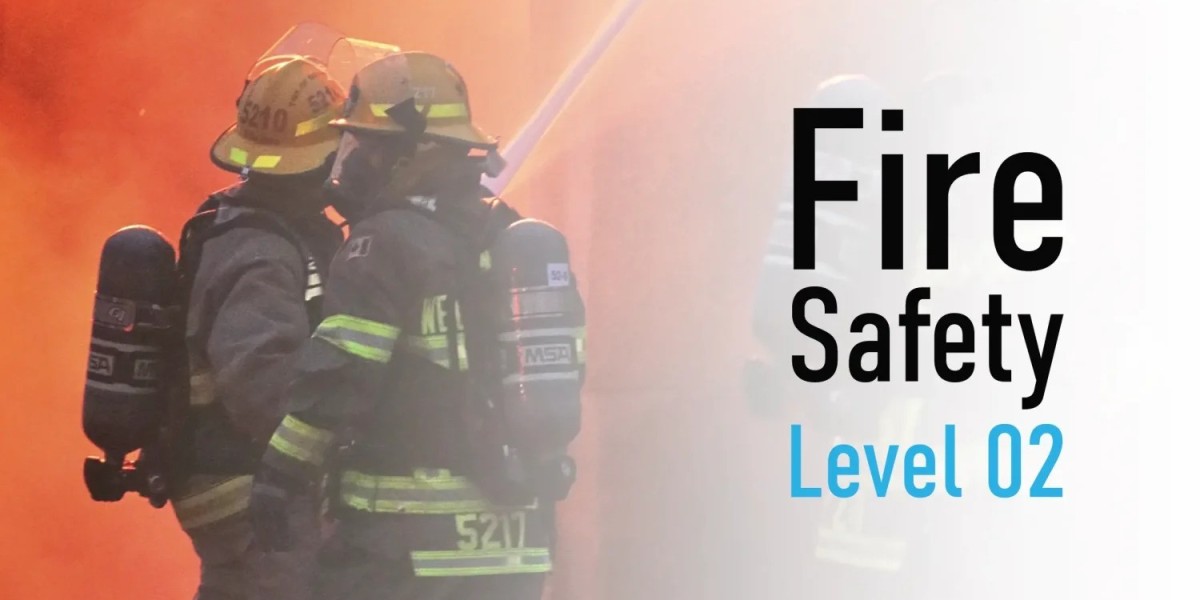Fire safety is a crucial aspect of occupational health and safety, requiring certified professionals to be well-versed in the selection, use, and maintenance of fire safety equipment. Organizations worldwide rely on trained individuals to ensure that workplaces remain protected from potential fire hazards.
The IACP has been a leader in professional safety certifications, equipping individuals with the necessary skills to handle fire safety effectively. Through its certification programs, including fire safety training, IACP enables professionals to manage fire-related risks efficiently.
The International Association of Certified Professionals is dedicated to providing high-quality training in occupational health and safety. With a strong emphasis on fire safety, the International Association of Certified Professionals ensures that individuals are prepared to prevent and manage fire emergencies in various work environments.
Importance of Fire Safety Certification
Fire safety certification is essential for professionals who aim to create safer workplaces. A well-trained workforce reduces the risks associated with fires and ensures compliance with safety regulations. Certification from IACP offers a competitive advantage by demonstrating a professional's commitment to fire prevention and emergency preparedness.
Selecting the Right Fire Safety Equipment
1. Understanding Workplace Fire Risks
Identifying potential fire hazards in a workplace is the first step in selecting appropriate fire safety equipment. Factors such as the type of materials present, workplace layout, and sources of ignition must be considered.
2. Types of Fire Safety Equipment
2.1 Fire Extinguishers
Fire extinguishers are essential for tackling small fires before they escalate. Certified professionals should be familiar with different types:
Water-based extinguishers – Suitable for Class A fires (wood, paper, cloth).
CO2 extinguishers – Effective against electrical and Class B fires (flammable liquids).
Foam extinguishers – Ideal for Class A and B fires.
Dry powder extinguishers – Used for Class A, B, and C fires (gas fires).
2.2 Fire Alarms and Detection Systems
Early fire detection is critical in minimizing damage. Fire alarms and smoke detectors should be installed strategically throughout a workplace.
2.3 Fire Blankets
Fire blankets can be used to smother small fires and protect individuals from flames. They are particularly useful in kitchens and laboratories.
2.4 Sprinkler Systems
Automatic sprinkler systems help suppress fires quickly and effectively. These systems are mandatory in certain industries where fire hazards are high.
Proper Use of Fire Safety Equipment
1. Training and Certification
Certified professionals should undergo training provided by IACP to ensure they understand how to operate fire safety equipment correctly. Training includes:
Proper use of fire extinguishers.
Activation of fire alarms.
Fire suppression techniques.
2. Fire Extinguisher Usage – The PASS Technique
Certified professionals must follow the PASS method when using a fire extinguisher:
Pull the pin.
Aim at the base of the fire.
Squeeze the handle.
Sweep from side to side.
3. Fire Emergency Procedures
In case of a fire, professionals should:
Alert others and activate the fire alarm.
Attempt to control small fires if safe.
Evacuate following established safety protocols.
Maintenance of Fire Safety Equipment
1. Regular Inspections
Frequent checks ensure fire safety equipment remains functional. Inspections should include:
Fire extinguisher pressure levels.
Fire alarm battery status.
Sprinkler system integrity.
2. Compliance with Safety Standards
Certified professionals should ensure that fire safety equipment complies with industry regulations. The International Association of Certified Professionals offers updated guidelines on fire safety compliance.
3. Proper Storage and Handling
Fire safety equipment must be stored appropriately to prevent damage. For example:
Fire extinguishers should be mounted on walls for easy access.
Fire blankets should be stored in protective cases.
Conclusion
Fire safety is a fundamental aspect of workplace safety, requiring trained and certified professionals to ensure compliance and protection against fire hazards. Certification from IACP provides individuals with the necessary knowledge and skills to select, use, and maintain fire safety equipment effectively. By obtaining credentials from the International Association of Certified Professionals, professionals can enhance workplace safety and contribute to a secure environment for all employees.









